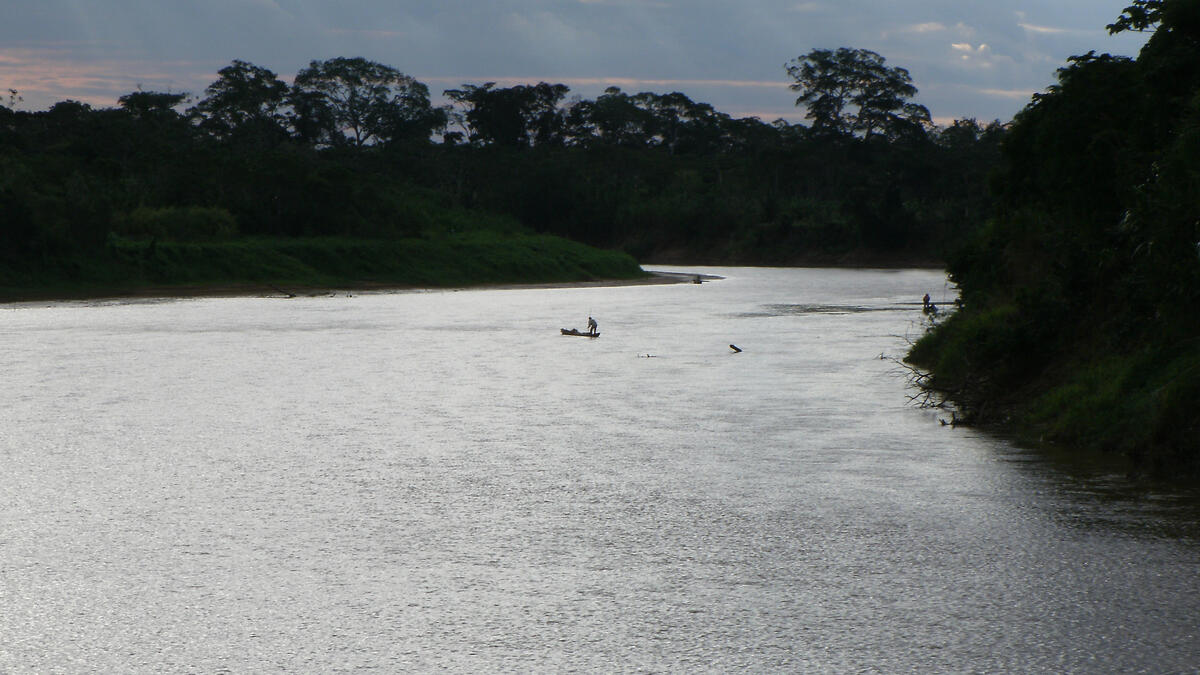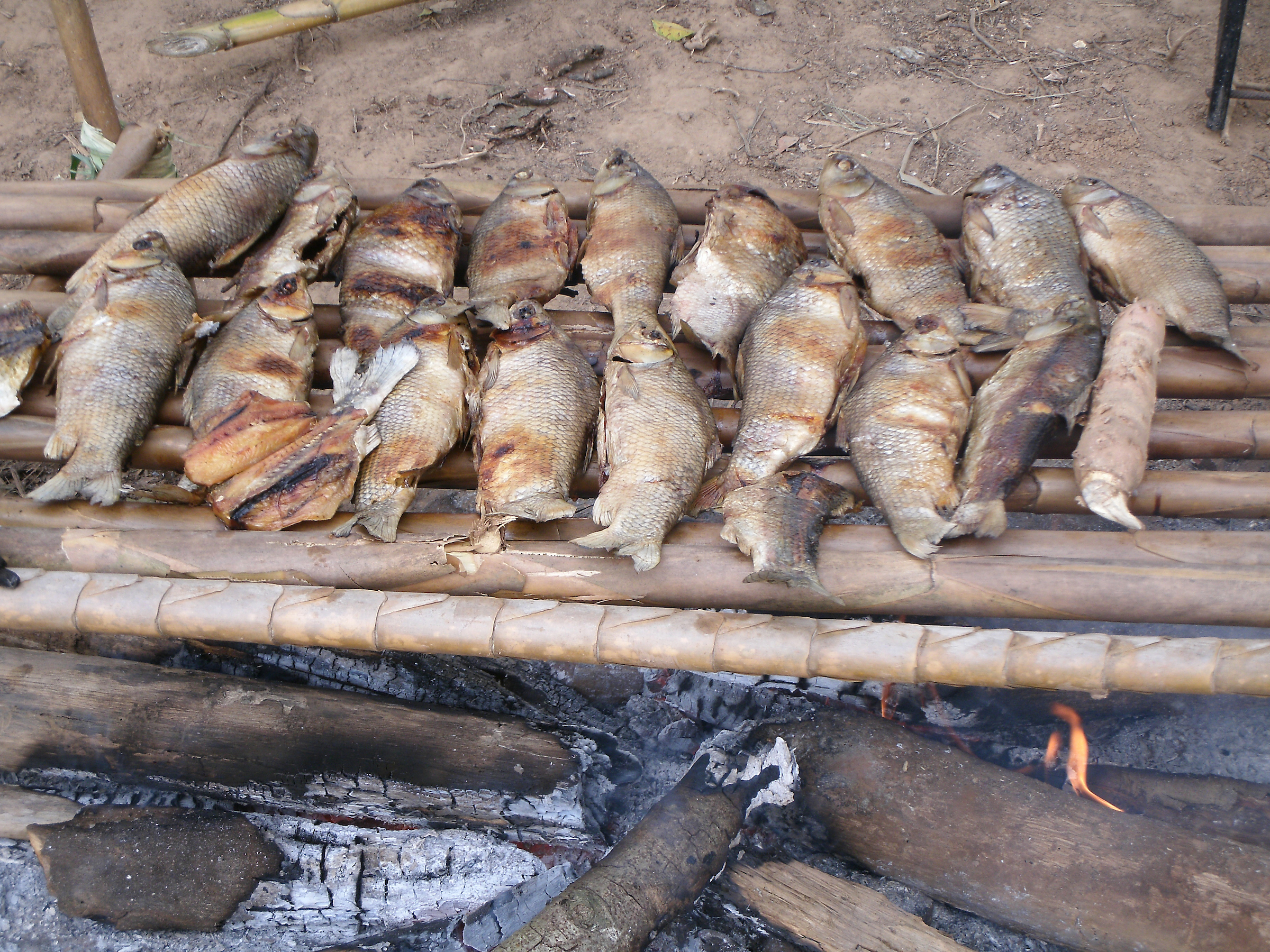Despite meat-heavy diet, indigenous tribe has world’s healthiest hearts — but why?

Researchers have discovered that despite meat-heavy diets, low levels of good cholesterol and high levels of inflammation, an indigenous South American tribe has the healthiest hearts ever examined — and it might have something to do with parasites in the gut.
“It’s kind of an exciting paper,” said Ben Trumble, co-director of the study and an assistant professor in the School of Human Evolution and Social Change at Arizona State University and affiliated faculty in the Center for Evolution and Medicine, “because for a long time we thought pre-industrial groups had lower levels of heart disease. The Tsimane have the lowest levels of plaque in their coronary arteries that we’ve ever seen.”
An 80-year-old Tsimane has heart arteries equal to a 50-year-old American, scientists discovered.
“One of the key things about this study is we’ve always thought populations living these traditional lifestyles had low risk factors,” Trumble said, “but we were never able to show before that they actually did have these very low levels of atherosclerosis. This is the first time it’s been shown.”
About 90 percent of the Tsimane people’s food comes from hunting, fishing, foraging, and farming. Until two years ago, none of their communities had electricity. None have running water. They live in the Bolivian Amazon with relatively low contact with the rest of Bolivia. Most still speak their traditional language. It takes days to get from villages to towns.
They eat about the same amount of meat that Americans do, but it’s much leaner, coming from wild animals. The average hunt for a Tsimane man takes five to six hours and ranges up to 10 miles.
But another potential factor for a healthy heart is perhaps surprising: Tsimane have a high parasite -pathogen load.
More than two thirds of Tsimane adults have intestinal ailments, according to Trumble. About 30 percent also have giardia on top of that.
Smoking fish over a fire. Ninety percent of the Tsimane people’s food comes from hunting, fishing, foraging, and farming. Photo by Ben Trumble
“That creates a really big burden because intestinal parasites eat the food we eat before we can absorb it, or they’re tapping into our blood streams, stealing the (fats) from our blood, stealing calories,” he said.
Some combination of diet, physical activity and the immune system are working together to prevent heart disease, but researchers aren’t sure how they connect.
The Tsimane have high rates of inflammation, stemming from high exposure to the pathogens and parasites, but not obesity.
“That’s what makes this population really interesting to study,” Trumble said. “You could say, ‘Oh, they get four to seven hours of activity per day, and they’re not eating cheeseburgers, so of course they’re not going to get heart disease.’ But the thing that makes this population really interesting is that they have such levels of inflammation. We’ve always thought of inflammation as this major cause of heart disease. They’re just getting it from a different source, and it’s not having any effect at all.”
If you’re reading this with a kale smoothie before your morning run and wondering if it all makes a difference, co-author Michael Gurven of the University of California - Santa Barbara Anthropology Department said you’re doing the right thing — but the Tsimane still have medical issues.
“While the active lifestyle, lean diet, minimal obesity and smoking are all consistent with having a healthy heart, (the) Tsimane also experience high levels of inflammation and low levels of 'good cholesterol,’” Gurven said in an email interview. “Given this combination of factors consistent with both low and high risk, it is remarkable that the Tsimane have such low levels of coronary artery disease.”
Gurven said researchers compared the “arterial age” between Tsimane and Americans using coronary artery calcium scores, revealing the gap between Tsimane and American hearts.
“Curiously, prior work measuring biological age based on immune cell parameters showed that Tsimane were biologically "older" than their age — that their immune systems are not up to par,” Gurven said. “This is fascinating because it shows that different biological systems may age at different rates — and indeed, the majority of older adult deaths are due to infectious disease, and rarely (if at all) from coronary artery disease.”
There are 16,000 Tsimane living in 95 communities, with between 30 to 500 in each village. The population is mainly children. Tsimane women average about nine children each.
“One thing I think a lot of people get confused is that there’s this idea that life was nasty, brutish and short, and with life expectancies in the 40s and 50s, people were going to die before they got heart disease anyway,” Trumble said.
There’s a big problem with that, however: the way life expectancies are calculated. Life expectancy at birth in a hunter-gatherer population is in the 30- to 40-year range, because of high infant mortality.
“For the average Tsimane who makes it to age 15, the modal age of death is 70,” Trumble said. “They’re living just as long as we are,” but their rates of heart disease are far, far lower.
The study was published Friday in The Lancet.
Top photo: Tsimane man crossing the Maniqui River. Photo by Ben Trumble.
More Health and medicine

ASU's Roybal Center aims to give older adults experiencing cognitive decline more independence
For older people living alone and suffering from cognitive decline, life can be an unsettling and sometimes scary experience.Arizona State University is out to improve that experience.Two projects…

Dynamic data duo advances health research
The latest health research promises futuristic treatments, from cancer vaccines to bioengineered organs for transplants to medical nanobots. While these technologies may one day be…

New study reveals high levels of toxins in seized cannabis from Arizona and California
A recent study conducted by researchers from Arizona State University has uncovered alarming levels of Fusarium mycotoxins in illicit cannabis samples seized in Arizona and California.The study found…


